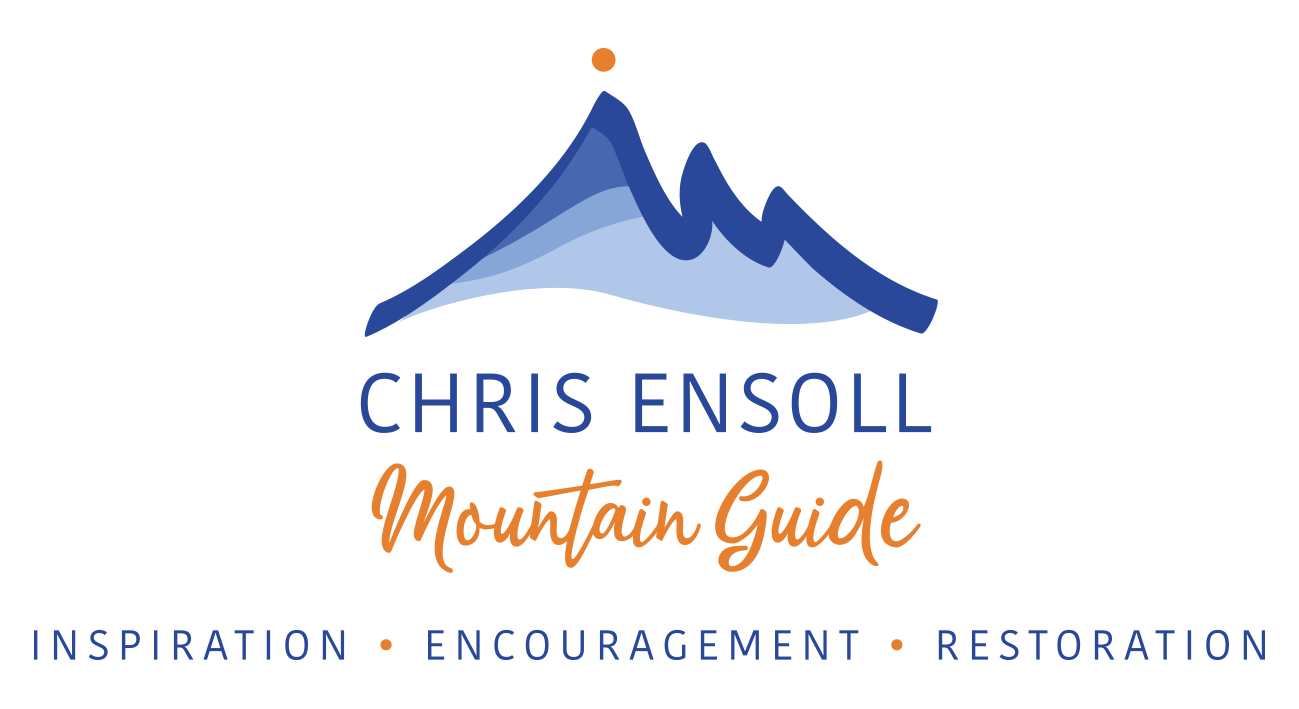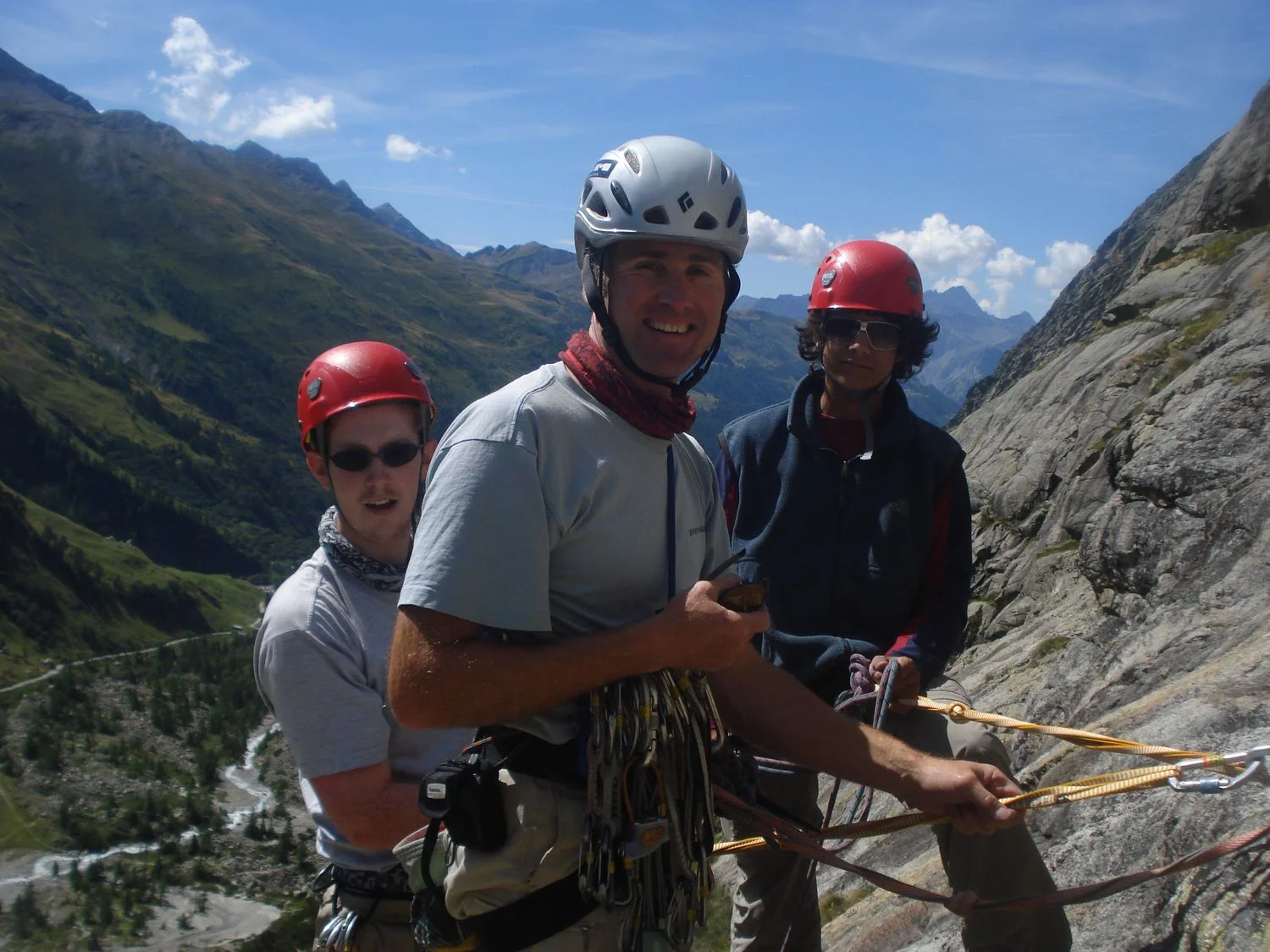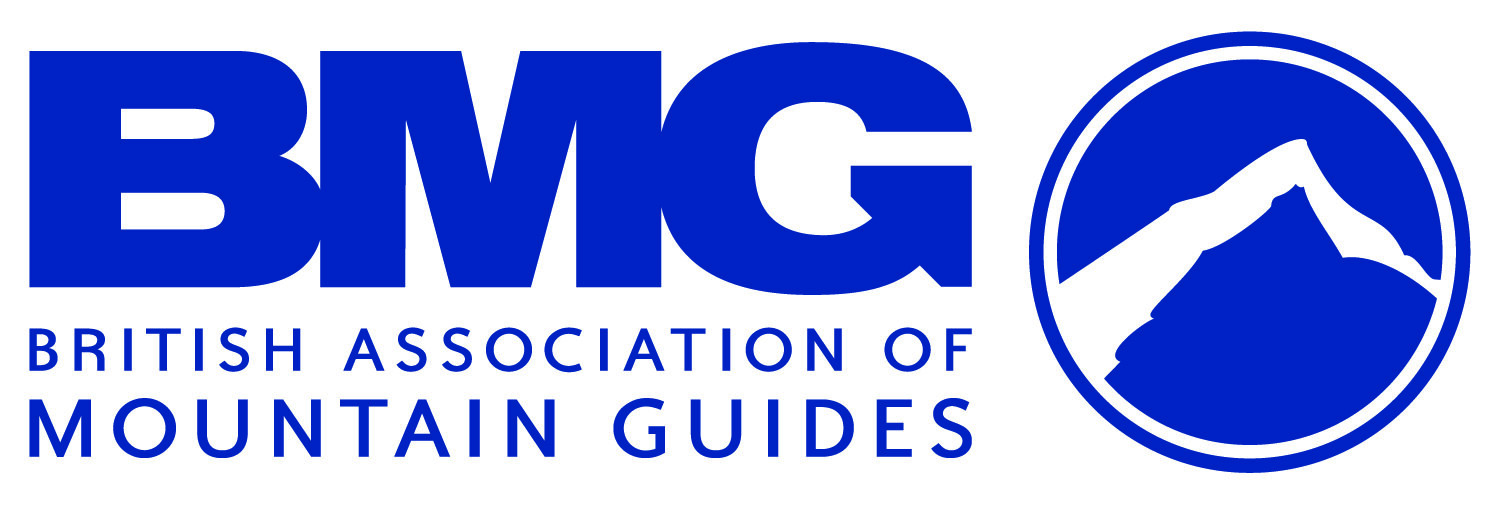Our Top Twenty Most Successful Blog Posts
/Since December 2016 we’ve been tracking the performance of our blog posts, so we that we can keep up with what kind of content our followers like to read. Often, something that we think will be really useful and interesting doesn’t turn out to be very popular, and vice versa. And the results, as of 31st March 2019, in reverse order, are…
Read More







